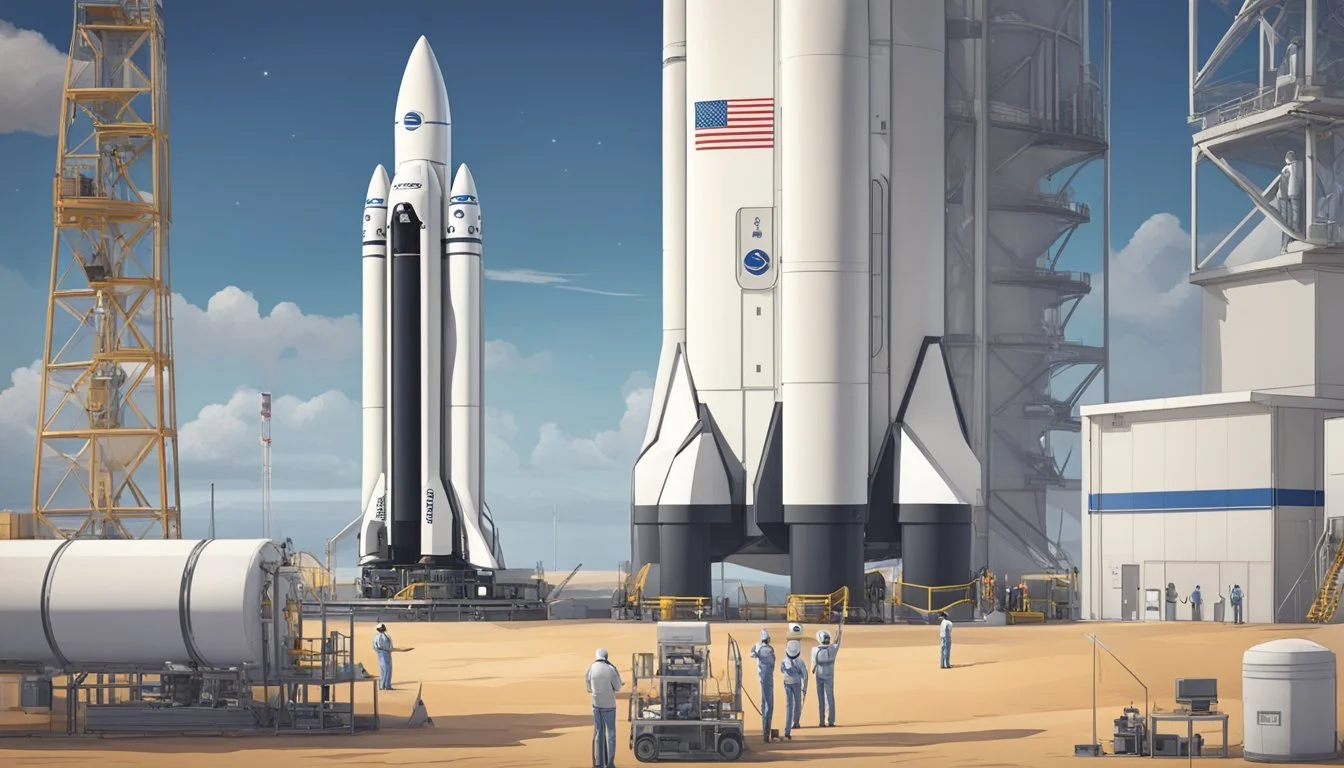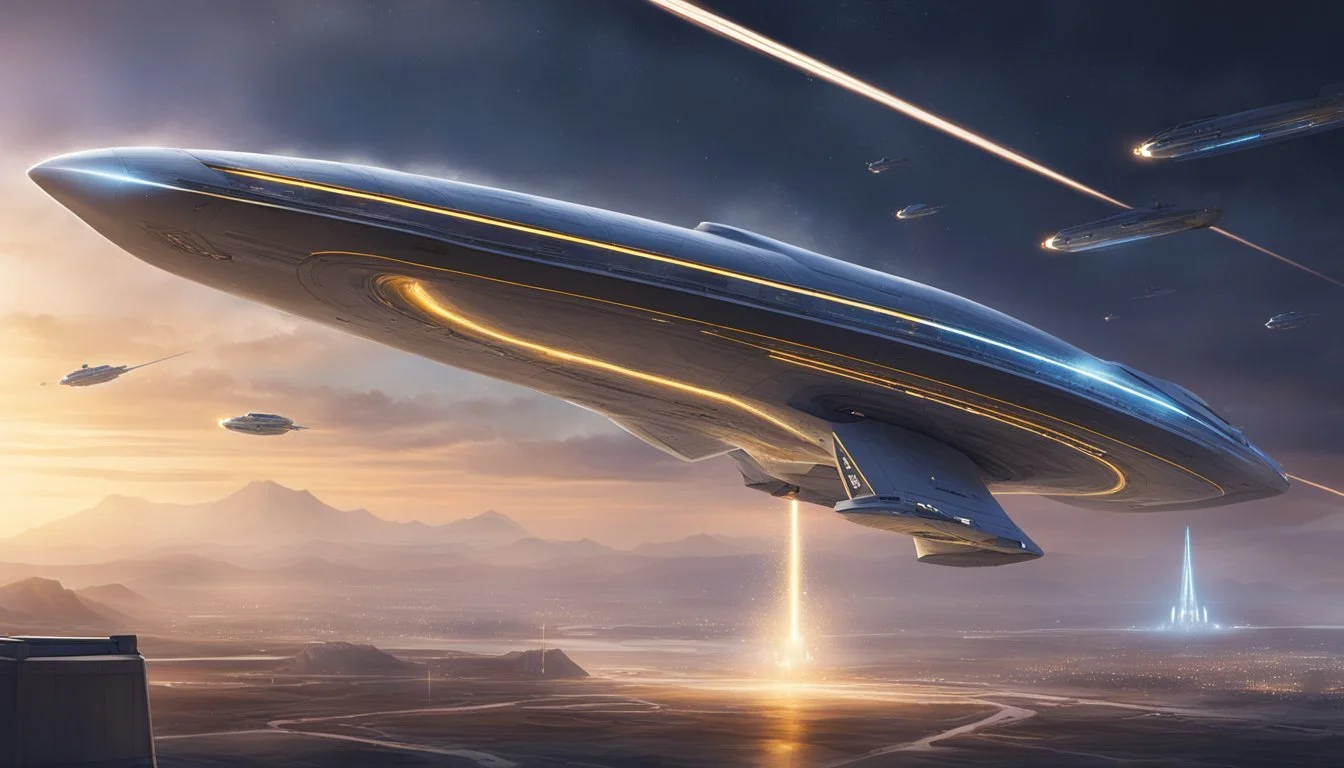Breaking News: YouTube SpaceX Boca Chica Update Today Reveals Epic Launch Prep!
SpaceX's Starbase in Boca Chica, Texas continues to be a hub of activity for the development of the Starship launch system. Daily updates from various YouTube channels provide space enthusiasts with a front-row seat to the latest developments. These livestreams offer 24/7 coverage of Starship and Super Heavy prototype testing, launch preparations, and site modifications.
Recent footage has shown the removal of ground support equipment tanks and modifications to the orbital launch mount. These changes indicate ongoing efforts to prepare for the next Starship launch attempt. Viewers can witness the stacking of Ship 29 atop Booster 11 for full stack testing, a crucial step in the lead-up to the fourth flight of the Starship system.
The excitement surrounding SpaceX's activities in Boca Chica extends beyond online viewers. Local crowds gather to witness launches, highlighting the growing interest in commercial spaceflight. As SpaceX continues to refine its fully reusable launch system, these YouTube updates provide an invaluable window into the rapidly evolving future of space exploration.
SpaceX Boca Chica Facility Overview
SpaceX's Boca Chica facility, also known as Starbase, is a crucial development and launch site for the company's Starship program. The complex houses manufacturing, testing, and launch infrastructure to support SpaceX's ambitious goals for space exploration.
Facility History and Purpose
SpaceX began developing the Boca Chica site in 2014, selecting the location for its proximity to the equator and Gulf of Mexico. The facility's primary purpose is to support the development, testing, and launch of the Starship spacecraft and Super Heavy booster.
Boca Chica has evolved from a small test site to a full-fledged spaceport. The facility has seen rapid expansion, with new buildings and infrastructure added to accommodate the growing Starship program. SpaceX aims to use Boca Chica for orbital launches and eventual missions to the Moon and Mars.
Infrastructure and Launch Pads
The Boca Chica complex features a diverse array of infrastructure to support Starship operations. Key components include:
Production facility: A large building for manufacturing Starship and Super Heavy components
Launch pad: Equipped with a launch mount and propellant storage tanks
Integration tower: Used for stacking and preparing vehicles for launch
Tank farm: Stores cryogenic propellants for fueling operations
SpaceX has constructed multiple launch pads at the site to support different testing and launch activities. The main orbital launch pad is designed to withstand the immense thrust of the Super Heavy booster.
Additional infrastructure includes ground support equipment, tracking systems, and safety measures to ensure successful launches and landings. SpaceX continues to expand and refine the Boca Chica facilities as the Starship program progresses.
Starship Development at Boca Chica
SpaceX continues to make significant progress on Starship development at its Boca Chica facility. The company is rapidly iterating on vehicle designs, testing new prototypes, and refining launch procedures.
Starship Prototypes
SpaceX has constructed and tested multiple Starship prototypes at Boca Chica. Ship 25 was recently stacked onto Booster 9 in preparation for the next integrated test flight. This full-stack configuration allows engineers to conduct critical pre-flight testing.
Previous prototypes have undergone a series of high-altitude test flights and landing attempts. These tests provide valuable data on vehicle performance and help refine the design.
SpaceX is simultaneously working on future iterations. New ship components have been spotted at the production facility, indicating ongoing refinements to the Starship design.
Super Heavy Booster
The Super Heavy booster is a crucial component of the Starship system. Booster 9 is currently stacked with Ship 25 for upcoming tests.
SpaceX has made notable progress on booster development. Recent milestones include the installation of the hot stage ring, which plays a key role in stage separation.
Engineers continue to refine the booster's design and capabilities. Each iteration incorporates lessons learned from previous tests and simulations.
Raptor Engine Advancements
Raptor engines power both Starship and Super Heavy. SpaceX has been steadily improving these engines' performance and reliability.
Recent tests have focused on optimizing engine efficiency and thrust. Engineers are working to increase the engines' specific impulse and overall power output.
SpaceX is also refining the manufacturing process for Raptor engines. This aims to streamline production and improve consistency between individual units.
The company continues to test Raptor engines extensively at its facilities. These tests provide crucial data for further refinements and enhancements.
Current Updates and Milestones
SpaceX continues to make rapid progress with Starship development at its Boca Chica facility. Recent test flights have yielded valuable data, while upcoming tests aim to push the spacecraft's capabilities further.
Recent Test Flight Achievements
SpaceX successfully completed Starship Flight 7 in late 2024. The test demonstrated significant improvements in vehicle performance and control. Ship 28 underwent engine testing at Pad B, marking a crucial step toward its upcoming flight.
Booster 11 and Ship 29 were stacked for full integration testing. This milestone prepares the vehicles for Flight 4, scheduled for early 2025. The test provided critical data on the full stack's structural integrity and systems compatibility.
SpaceX engineers implemented upgrades based on Flight 7 results. These enhancements focused on improving heat shield durability and refining the vehicle's flight control systems.
Upcoming Testing Schedule
SpaceX plans several crucial tests in the coming months. A static fire test of Ship 29's Raptor engines is set for mid-January 2025. This test will verify engine performance and fuel system integrity.
Booster 11 is slated for a full duration static fire in February. All 33 Raptor engines will ignite simultaneously, simulating launch conditions. This test is critical for validating the booster's thrust and control systems.
Flight 8 is tentatively scheduled for March 2025, pending successful completion of ground tests and regulatory approvals. SpaceX aims to demonstrate longer flight duration and more complex maneuvering during this mission.
Starship Launch and Flight Operations
SpaceX's Starship program conducts launch and flight operations at Boca Chica, Texas. The site hosts test flights and operational missions for the fully reusable spacecraft system.
Flight Procedures and Mission Profile
Starship missions follow a standard profile. The Super Heavy booster lifts off, carrying Starship to an altitude of approximately 65 km. Separation occurs, with the booster returning to land or an offshore platform.
Starship continues its ascent to orbit using its own engines. For orbital missions, it performs payload deployment or in-space operations. Suborbital tests focus on flight controls and reentry maneuvers.
The vehicle executes a "belly flop" maneuver for descent, orienting horizontally to maximize drag. As it approaches landing, Starship reignites engines and flips vertical for a powered touchdown.
Launch Procedures and Countdown
Launch preparations begin hours before liftoff. Key steps include:
Propellant loading
Final systems checks
Weather assessment
Range clearance
The countdown proceeds in automated sequences. At T-10 minutes, launch controllers verify all systems are go. Engine chill begins at T-7 minutes. Final tank pressurization occurs in the last minute.
Launch commit criteria cover vehicle health, weather, and range safety. Any violation can trigger an automatic hold or abort.
Recovery and Splashdown Operations
Super Heavy boosters aim for precision landings on the launch mount or drone ships. Recovery crews secure the booster and prepare it for inspection and refurbishment.
Starship ocean landings involve:
Targeted splashdown zone
Recovery vessels on standby
Lifting operations to retrieve vehicle
For land recoveries, the launch site has a dedicated landing pad. Ground crews approach after vehicle safing to connect purge lines and begin post-flight procedures.
SpaceX analyzes flight data and vehicle condition to inform future launches and design improvements. Rapid turnaround of vehicles is a key goal of the program.
SpaceX's Plans for the Future
SpaceX aims to revolutionize space travel with Starship and expand operations at Boca Chica. The company's ambitious goals focus on orbital missions and establishing a robust presence on the Texas coast.
Orbital Missions with Starship
SpaceX is preparing Starship for its next orbital test flight. Ship 28 and Booster 10 are undergoing final preparations for the IFT-3 mission. This launch will be crucial in demonstrating Starship's capabilities for future missions.
The company plans to increase the frequency of Starship launches following successful tests. SpaceX intends to use Starship for deploying Starlink satellites, enabling faster expansion of its global internet network.
Starship's development also includes refining its landing system. SpaceX is reintroducing landing legs, signaling a potential shift in the spacecraft's recovery strategy.
Long-Term Vision for Boca Chica
Boca Chica remains central to SpaceX's future plans. The company is upgrading its facilities to support increased launch activities. This includes modifications to the launch pad and surrounding infrastructure.
SpaceX is constructing additional sections for the launch tower, enhancing its capabilities for future missions. The Starfactory continues to produce components for upcoming Starship iterations.
The site's expansion aims to accommodate rapid prototyping and testing of Starship and Super Heavy boosters. SpaceX envisions Boca Chica as a key hub for developing and launching next-generation spacecraft.





